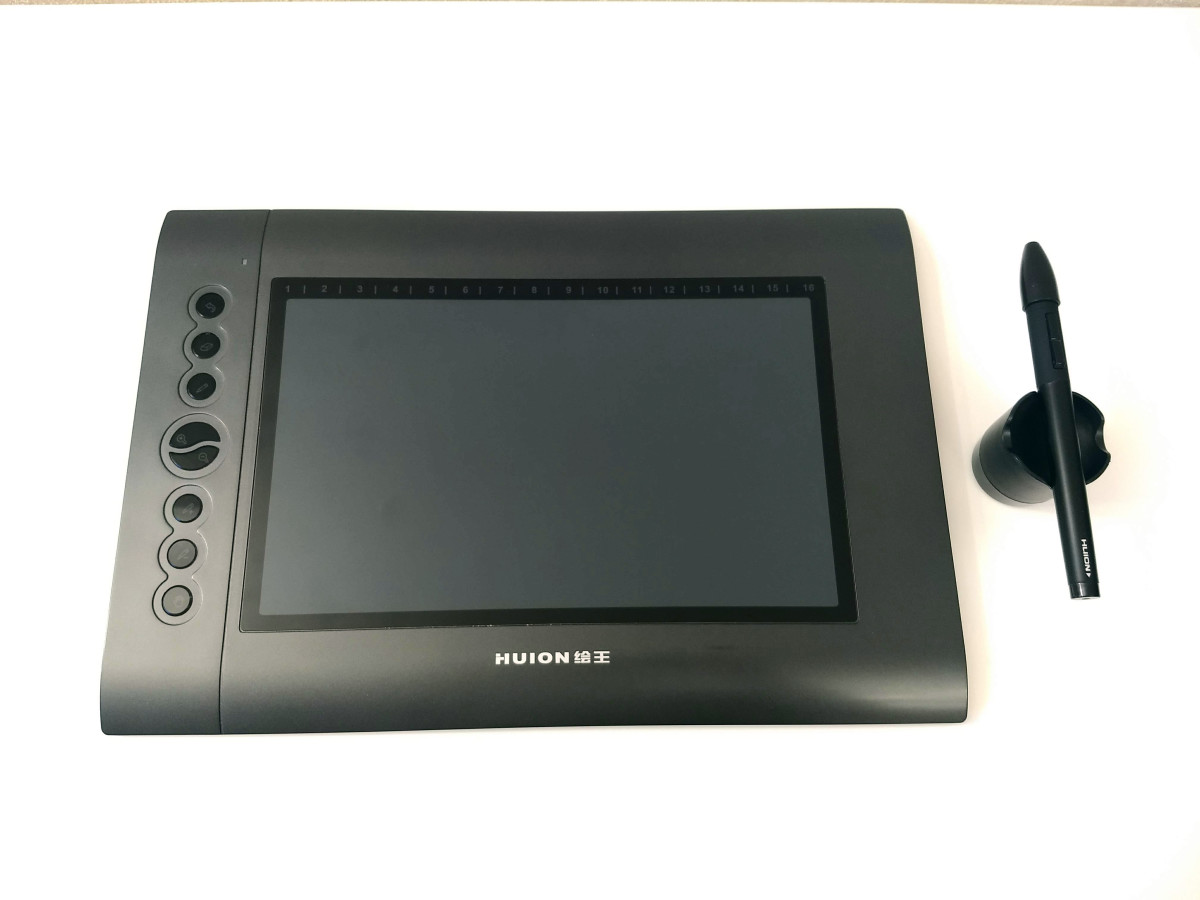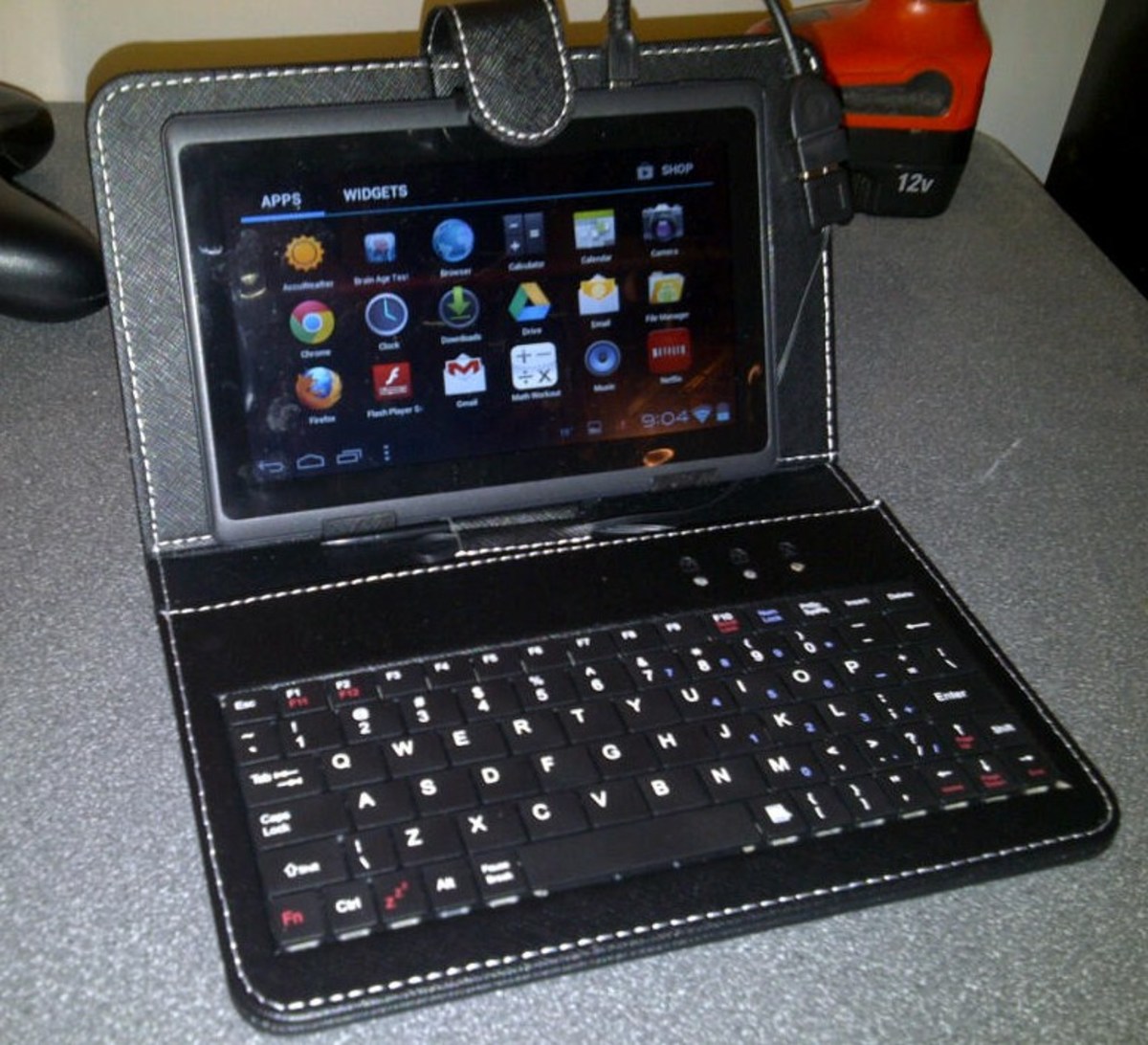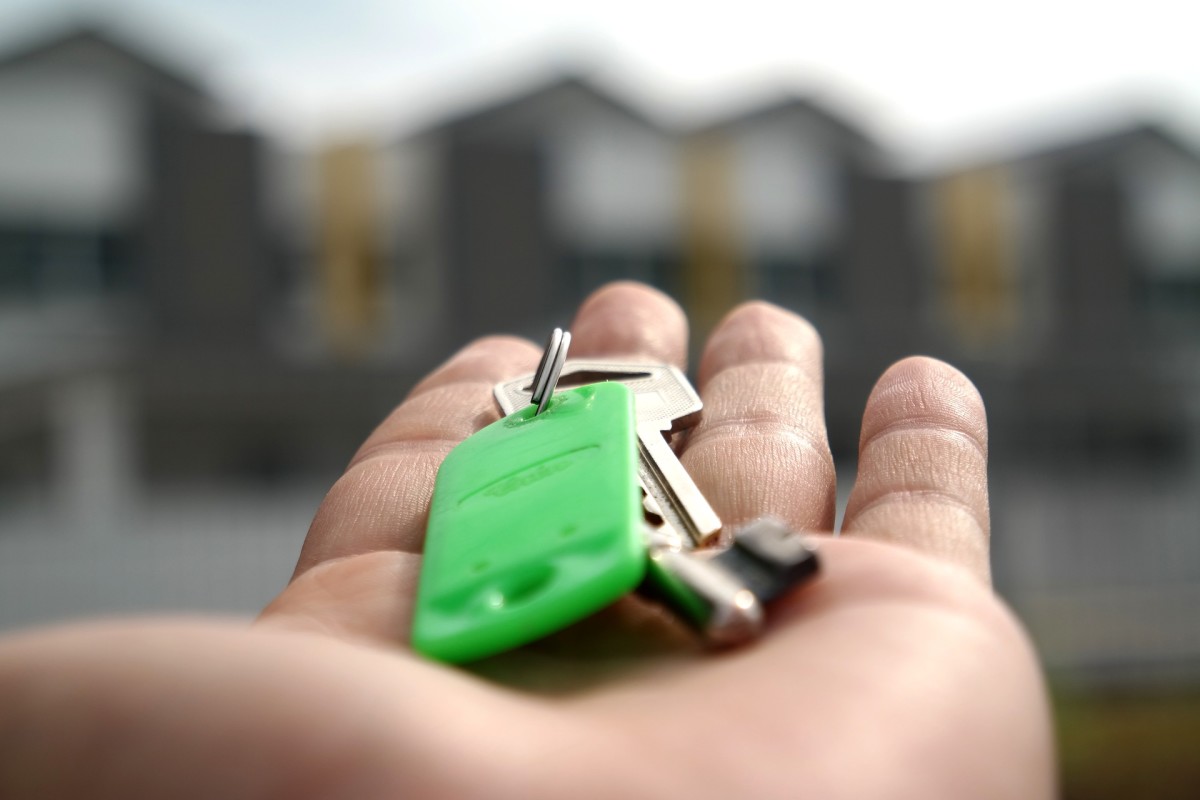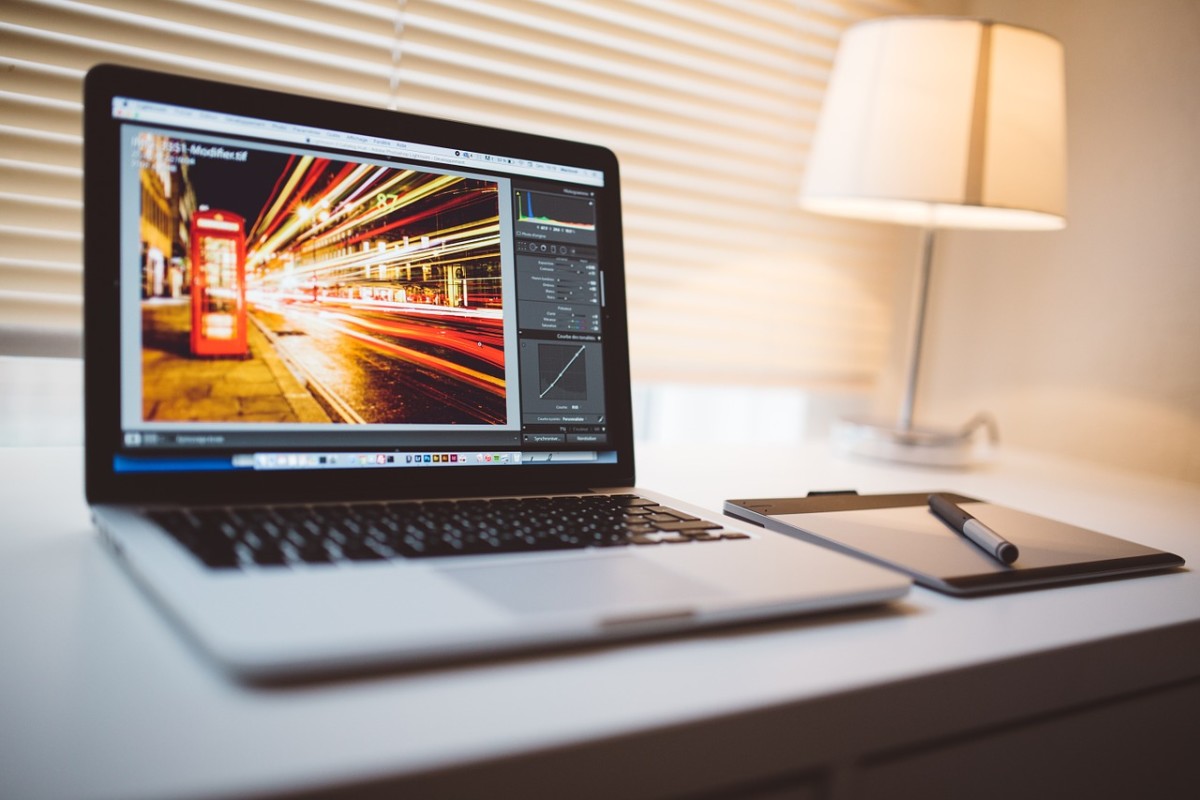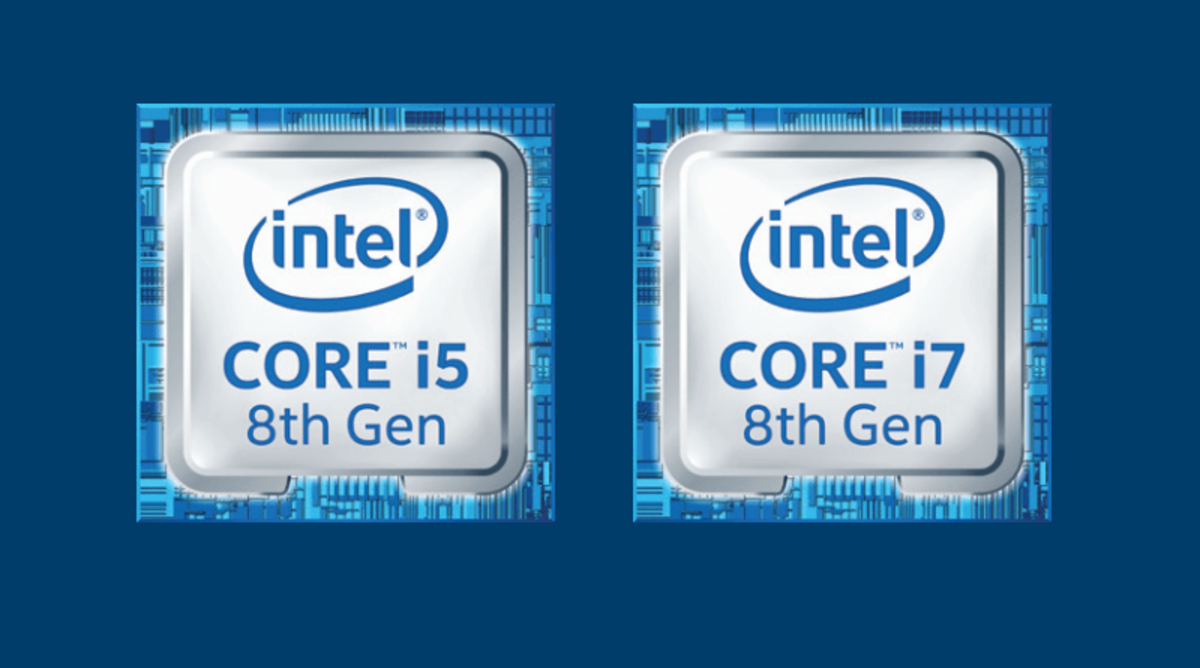- HubPages»
- Technology»
- Computers & Software»
- Computer Buying Guides
What to Look for When Buying an Android Tablet.
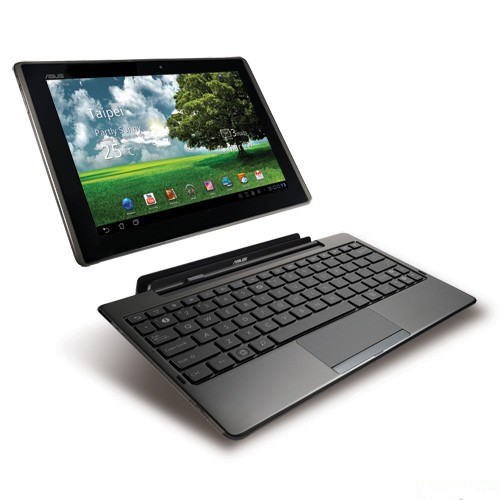
So Many Choices
If you are a gadget junkie like me, then chances are you either have or may be looking to purchase and Android Tablet. Shopping for my Android tablet in the beginning was a very confusing venture because there were so many choices and a sea of options. Coming from an iPad, where there were few options, I didn't know where to start.
After plenty of research I found the right tablet for me and will list some key points to pay attention to as well as some of the more 'mainstream' options available.
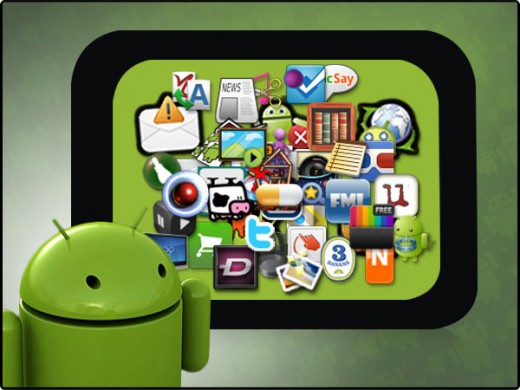
Why Do You Want It?
If you are looking to buy a tablet, chances are, there's an underlying reason for the purchase. You may want to use it simply as an e-reader, general web browsing, quick access to email, games or for work related purposes. The fact, is that there are numerous reasons that you may want one of these devices. Make a list of things that you would use the device for and keep it handy as a reality check when selecting your tablet.
Things that tablets can be great at:
- Email (Corporate, personal, etc...)
- Web Browsing (useful for viewing cooking websites in the kitchen)
- Office Document Viewing and Editing
- Reading e-Books and News
- Niche Tablet Games (Angry Birds is almost a household phrase these days!)
- Photo Viewing (and minor editing)
- Shooting Pictures and Video
- Voice and Video Chat
- Watching Videos and Movies
- Listening to Music
- Remote Desktop
- GPS
Things that tablets are not so great at:
- High-end Graphics Manipulation and Editing
- PC Based Gaming
- Media Centers (although a great deal can connect to most modern televisions)
- High Capacity Storage (this will most likely change in the near future)
- Production Printing (printing is possible, but is limited)
All in all, there is a great deal of tasks that would normally be carried out on a PC that are now possible on a much smaller and lighter device that can be taken with you virtually anywhere!

Features - What Seperates the Cadillacs from the Yugos
For some (like me), it's all about the features of the device as well as how well the product is supported. No one likes to buy something expecting it to perform one way and then find out that it is actually very limited and poorly supported by the manufacturer.
Depending on your desired price point, you have some very good options for tablets. The features vary by price, so make sure to get the detailed specifications before making your purchase.remember the list I wrote about in the previous section, this next section is where it becomes useful. Here is a list of some feature specifications that you want to look for:
- Display Size - Tablet screens vary in size from 5" up to 10.1" currently (7" and 10.1" are more popular)
- Display Type - There are currently three primary types of displays that encompass most tablets. 1.) Capacitive: This display has a shiny glass surface and supports multi-touch gestures. This is the most common type on higer priced devices. This type of display requires skin contact or a special stylus to be used. 2.) Resistive: This is more common on less expensive devices and requires some pressure from your finger or standard stylus to operate. It does not support multi-touch gestures. 3.) Capacitive Digitizer: This type of display offers the best of both worlds but is not as common. While it is operated by skin contact and supports multi-touch gestures, it also supports a special stylus that allows for more accurate handwriting input. One device that this is used on is the HTC Flyer.
- Processor Type - There are currently three common processor types available. Single Core, Dual Core and Quad Core. Of these, Dual core has been the most prevalent for mainstream 2011 models. Quad Core devices are just entering the market but may not have as much battery life associated with them. Time will tell here.
- Internal Storage - This is important if you want to install alot of applications or store alot of data such as pictures, video and music. Most mainstream models come in 16, 32 and even 64GB versions. This is the built in memory which cannot be removed. Some of the cheaper devices have as little as 2GB.
- SD Card Capability - Not all devices have an SD card slot. This is used for adding additional storage to your tablet and generally support up to 32GB with 64GB on the way. Support for SD Cards varies by manufacurer, so look into this if you are not sure.
- Ports - These will vary greatly by manufacturer and model. Some possibilities are USB, HDMI, MicroSD, Audio and Dock Connector. Some devices will have all of these while some might have none. If any of these are important to you, check the specs. One example of high port availability is the Acer Iconia A500 while one with low port availability is the Samsung Galaxy Tab 10.1.
- WiFi Capability - Most tablets have WiFi capabilities these days. If the tablet does not have WiFi, it is most likely lacking other major features as well.
- Bluetooth - Most devices these days have bluetooth capability, but there may still be some low end models that do not support it.
- Cellular Data - Most higher end models have a version with this built in but not all. Three that I know of are the Motorola Xoom, Samsung Galaxy Tab and the Asus Transformer TF101. Note that use of cellular data requires an additional contract with a cellular provider. Other options if this is not available for data on the go are MiFi and Tethering to a smartphone with a data plan.
- Dock - Some devices like the Asus Transformer have an available dock accessory that essentially turns the unit into a netbook with full featured keyboard and pointing device. For the Transformer, this also includes a secondary battery, USB ports and additional MicroSD card slot. Some docks are soley for charging the unit and do not provide additional functionality.
- Accelerometer (or G-Sensor) - This is the sensor in the device that senses what orientation the unit is being held in. It can change the orietation of the display simply by turning the device and can also be used for certain games designed to use the sensor like driving games. instead of pressing 'buttons' to stear for instance, you would hold the device like a stearing wheel and use it as such.
- Haptic Feedback - This is what makes the device vibrate when certain touch operations or notifications occur. Some devices have this and some do not. One that has this functionality is the Samsung Galaxy Tab, while the Asus Transformer TF101 does not. Check the specs to see if the device you are looking at supports this if it is important to you.
- GPS - This is another feature that most higher end units have built in and is fairly self explanitory. It can be used for navigation depending on the application being utilized. Most low end devices do not have built in GPS.
- Android OS Version - The version of the operating system on the tablet will vary depending on manufacturer and the price point. Android Honeycomb (3.0+) is the most usable version of the OS on tablet devices. This will soon be replaced by Android Ice Cream Sandwich (4.0+). If the tablet you are looking at does not have one of these two versions installed, you will not get the true tablet experience for the screen size. Anything lower than 3.0 was designed primarily for small screen devices like cellphones. Most devices that shipped with Honeycomb will be upgradeable to Ice Cream Sandwich in the near future.
- Built in Camera(s) - Most mainstream tablets have at least one built in camera, and some have two. The possibilities are front facing and rear facing. The rear facing camera is generally between 5 and 8 megapixels and is used for picture taking and video recording. The front facing camera is generally between 1 and 3 megapixels and is used mostly for self photos and video chat. Some cheaper devices may not have any camera at all.
- Overall Form Factor - This might not seem like a feature, but it certainly does make a difference. This plays a very big role in how the device feels in your hands. If it isn't comfortable to hold, then you may become fatigued when using it.
This covers most features available accross the board on tablets. There may be others, but these are the primary ones that will make the biggest difference in your experience.
Top 10.1" Tablets for 2011
Some of the top selling 10.1" tablets for 2011 are as follows (in no particular order):
- Acer Iconia A500
- Asus EeePad Tansformer TF101
- Motorolla Xoom
- Samsung Galaxy Tab 10.1
These all sport some similar specs to include (but not limited to):
- Dual Core Tegra 2 Processor
- 10.1" Capacitive Touch Screen
- 16 and 32GB Models
- Android Honeycomb Preloaded
- Great support
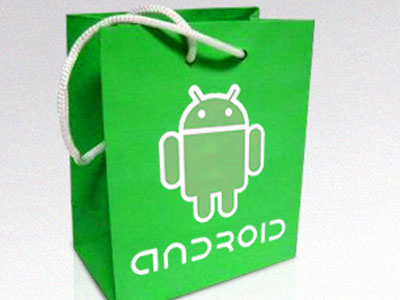
Conclusion
Hopefully, after reading this Hub, you will be able to make an informed decision in a new or even used Android tablet purchase. It really boils down to the list you created early on in this Hub pertaining to what you want to accomplish with the device.
Especially for the higher end models, a good tablet can replace a laptop as a 'daily driver' for most uses. I personally chose the Asus Transformer TF101 with dock and have very rarely used my laptop since.
I hope that you found this hub to be useful and informative.
Happy Tabbing!!!

